Emergence of E-commerce Platforms
The Vanilla Bean Market is witnessing a transformative shift with the emergence of e-commerce platforms. As online shopping becomes increasingly prevalent, consumers are gaining access to a wider variety of vanilla bean products than ever before. This trend is supported by data indicating that e-commerce sales in the food sector are projected to grow by 20% annually. The convenience of online purchasing allows consumers to explore artisanal and gourmet vanilla options, which may not be readily available in traditional retail outlets. Furthermore, e-commerce platforms enable small-scale producers to reach a broader audience, thereby fostering competition and innovation within the Vanilla Bean Market. This shift towards digital commerce is likely to reshape consumer purchasing behaviors, ultimately driving growth and diversification in the market.
Increasing Demand for Natural Flavors
The Vanilla Bean Market is experiencing a notable surge in demand for natural flavors, driven by consumer preferences for clean-label products. As health-conscious consumers increasingly seek alternatives to artificial flavorings, the appeal of natural vanilla beans has grown. According to recent data, the market for natural flavors is projected to expand at a compound annual growth rate of approximately 5.5% over the next five years. This trend is likely to bolster the Vanilla Bean Market, as manufacturers strive to meet the rising demand for authentic and high-quality flavoring agents. Furthermore, the shift towards natural ingredients aligns with broader trends in food and beverage sectors, where transparency and sustainability are becoming paramount. Consequently, this driver may lead to increased investments in vanilla bean cultivation and processing, enhancing the overall market landscape.
Rising Popularity of Culinary Tourism
The Vanilla Bean Market is benefiting from the rising popularity of culinary tourism, where travelers seek authentic food experiences. As consumers become more adventurous in their culinary pursuits, the demand for high-quality vanilla beans is increasing. Data suggests that culinary tourism is growing at a rate of 10% annually, with travelers eager to explore local cuisines and ingredients. This trend not only enhances the appreciation for vanilla beans but also encourages sustainable sourcing practices, as consumers become more aware of the origins of their food. Additionally, culinary tourism promotes the use of vanilla in traditional dishes, thereby elevating its status in various cuisines. As a result, this driver is likely to contribute to the overall growth of the Vanilla Bean Market, as it aligns with the increasing consumer interest in authentic and locally sourced ingredients.
Expansion of the Food and Beverage Sector
The Vanilla Bean Market is poised to benefit from the ongoing expansion of the food and beverage sector. As culinary innovation continues to flourish, the incorporation of vanilla beans into a diverse array of products is becoming increasingly prevalent. Recent statistics indicate that the food and beverage industry is expected to grow at a rate of 4% annually, creating a favorable environment for vanilla bean utilization. This growth is particularly evident in premium ice creams, baked goods, and specialty beverages, where the rich flavor profile of vanilla beans is highly sought after. Additionally, the rise of plant-based and organic food products further amplifies the demand for natural vanilla, as consumers gravitate towards high-quality ingredients. This expansion not only enhances the Vanilla Bean Market but also encourages sustainable farming practices to meet the escalating demand.
Technological Advancements in Cultivation
The Vanilla Bean Market is experiencing a positive impact from technological advancements in cultivation practices. Innovations in agricultural technology, such as precision farming and improved irrigation techniques, are enhancing the efficiency and yield of vanilla bean production. Recent studies indicate that these advancements can increase vanilla yields by up to 30%, addressing the challenges posed by fluctuating supply and demand. Furthermore, the adoption of sustainable farming practices is becoming more prevalent, as producers seek to minimize environmental impacts while maximizing output. This focus on sustainability aligns with consumer preferences for ethically sourced products, thereby strengthening the Vanilla Bean Market. As technology continues to evolve, it is likely to play a crucial role in shaping the future of vanilla bean cultivation, ensuring a stable supply to meet the growing global demand.


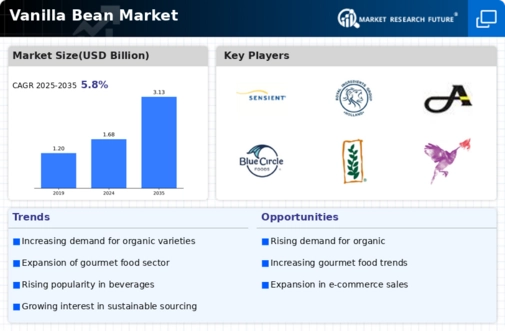
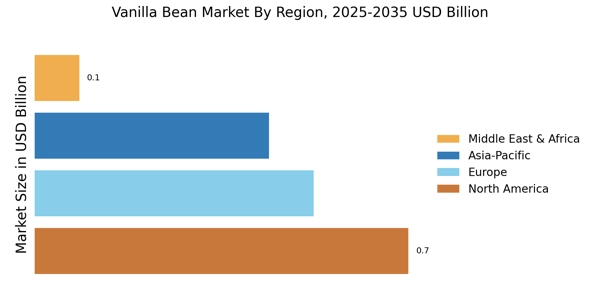
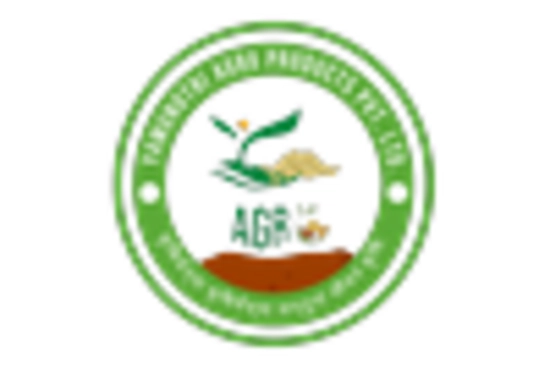
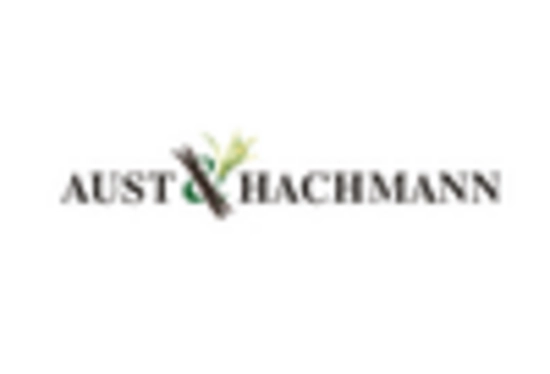
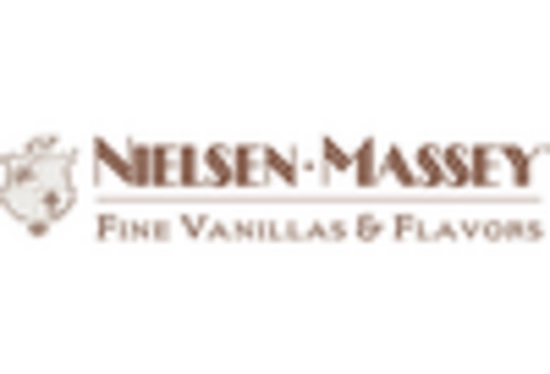

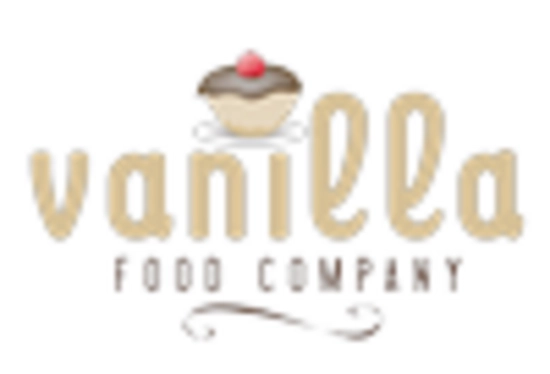
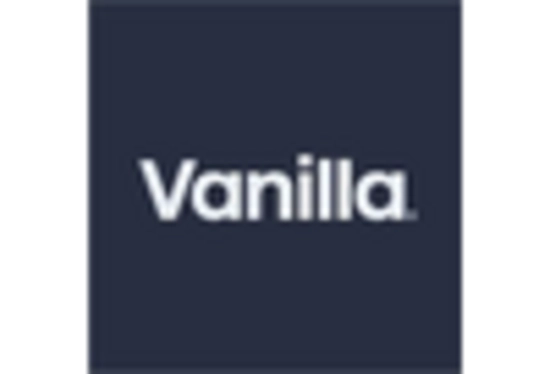








Leave a Comment